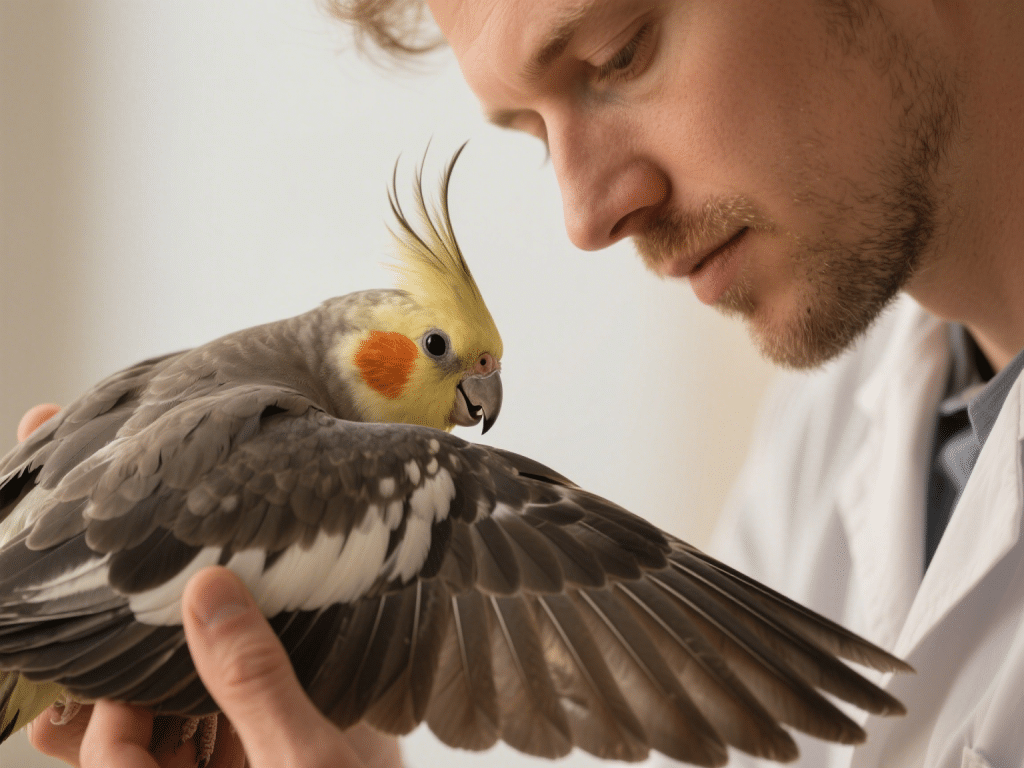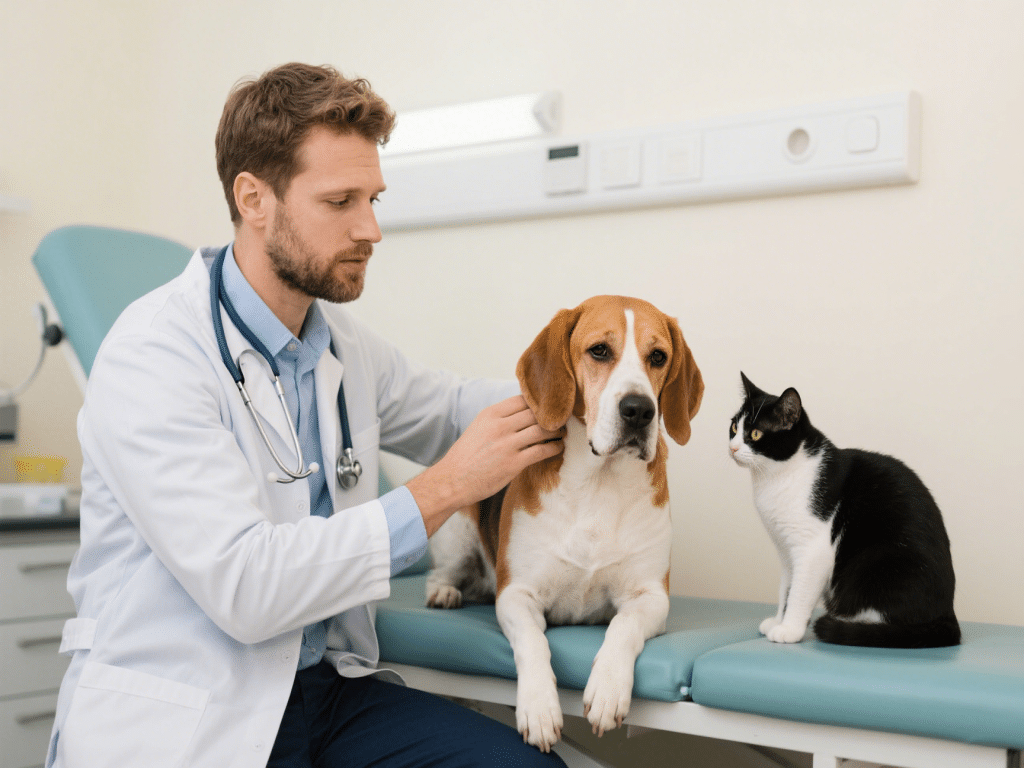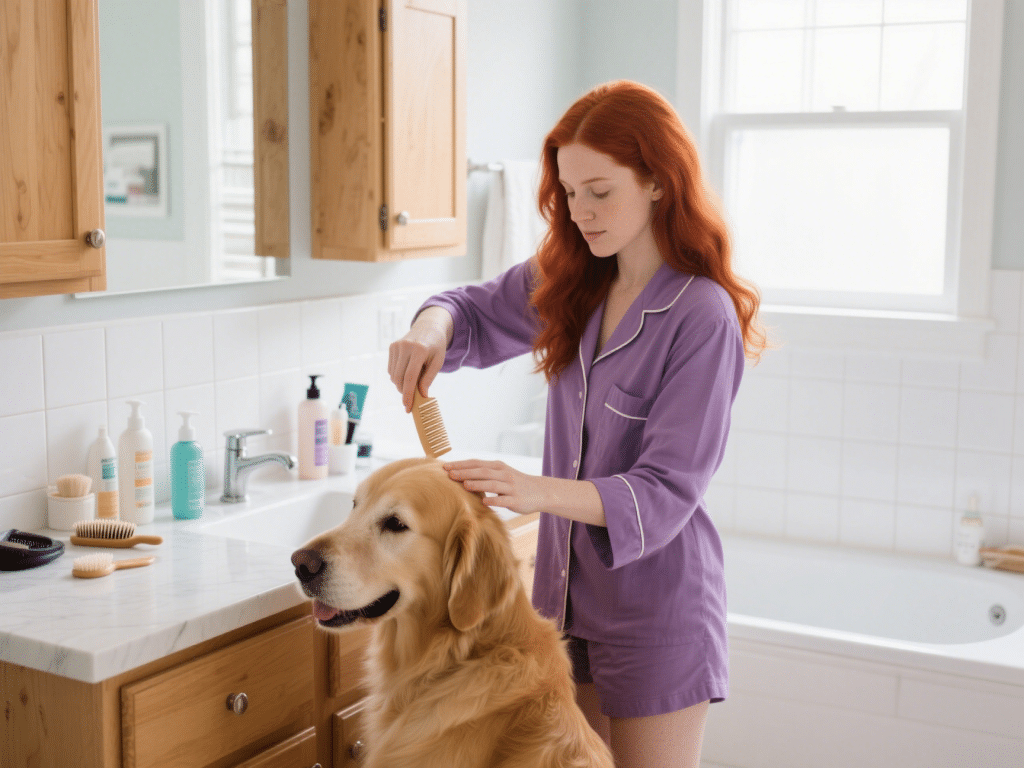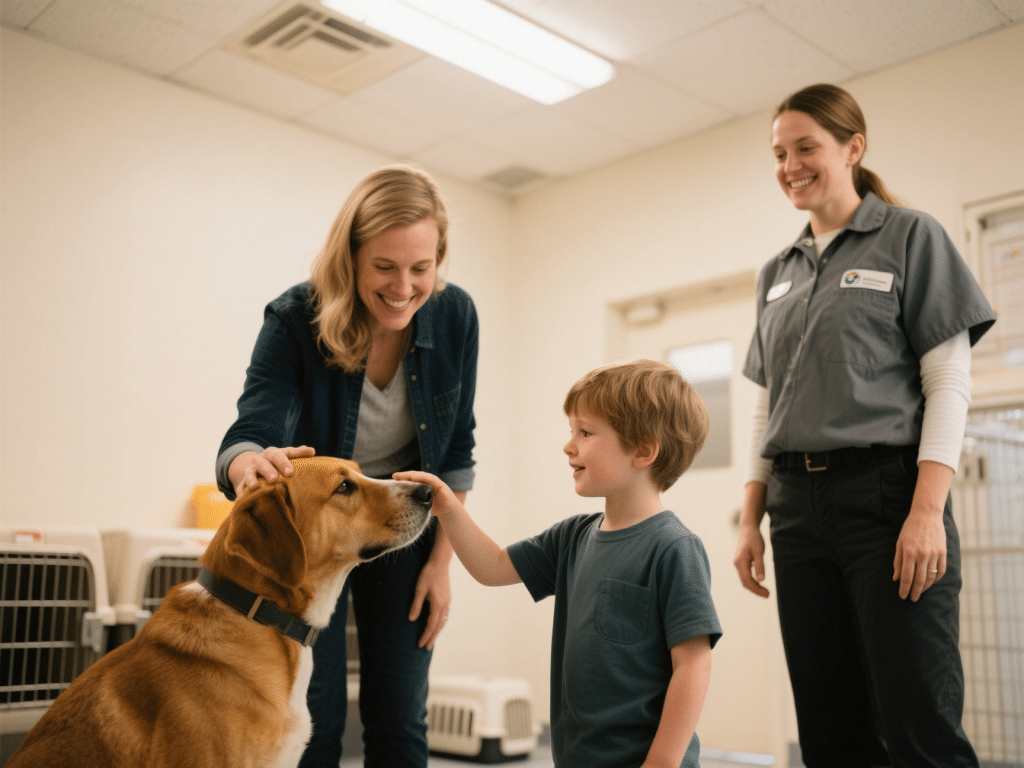Essential Dog First Aid Tips Every Pet Owner Should Know
Essential Dog First Aid Tips Every Pet Owner Should Know
Accidents and sudden illnesses can happen to any dog. Knowing basic first aid can significantly impact your pet’s outcome before you reach a veterinarian. Here are critical steps every responsible owner must master:
1. Be Prepared: Build a Dog-Specific First Aid Kit
* **Essentials:** Gauze pads & rolls, self-adhesive bandages (e.g., Vetrap), antiseptic wipes (chlorhexidine-based), blunt-tipped scissors, tweezers, digital thermometer (rectal), lubricant (KY jelly), disposable gloves. * **Medications:** Saline solution (eye flush), hydrogen peroxide (3% - *only for vet-directed vomiting*), antihistamine (e.g., Benadryl/diphenhydramine - **know correct dosage**), styptic powder. * **Comfort Items:** Muzzle (even gentle dogs may bite when in pain), blanket, emergency vet contact numbers.
2. Assess the Situation Safely
* **Approach Calmly:** Avoid sudden movements. Speak softly. * **Muzzle if Necessary:** Protect yourself if the dog is panicked or injured. Improvise with gauze if needed. * **Check Vital Signs:** * **Pulse:** Femoral artery (inside hind leg). Normal: 60-140 bpm (varies by size/breed). * **Respiration:** Watch chest rise. Normal: 10-30 breaths/min. * **Gums:** Should be pink and moist. White, blue, or brick red indicates serious problems. * **Capillary Refill Time (CRT):** Press gum gently; color should return in <2 seconds.
3. Common Emergencies & Immediate Actions
* **Choking:** * **Signs:** Gagging, pawing at mouth, difficulty breathing, blue gums. * **Action:** **Look FIRST!** Open mouth carefully, pull tongue forward. If visible object and easily reachable, remove it with tweezers. **Do not blindly sweep.** If obstructed and dog conscious: For small dogs, hold upside down (head lower than chest), give firm back blows between shoulder blades. For large dogs, perform Heimlich maneuver (stand behind, place fists just behind ribcage, thrust upward and inward sharply 3-5 times). Seek vet immediately after, even if successful. * **Severe Bleeding:** * **Action:** Apply **direct, firm pressure** with gauze or clean cloth over the wound for **at least 5 minutes continuously.** Do not remove saturated pad; add layers on top. If bleeding soaks through, apply pressure to the nearest **arterial pressure point** (e.g., inside upper leg for leg wounds). Elevate the limb *only if no fracture is suspected*. Apply a pressure bandage once bleeding slows. **Tourniquets are a LAST RESORT** and require precise timing noted down. * **Poisoning:** * **Common Toxins:** Human meds, chocolate, xylitol (gum/candy), grapes/raisins, antifreeze, rat poison, certain plants (lilies, sago palm). * **Signs:** Vomiting, diarrhea, drooling, seizures, lethargy, tremors, difficulty breathing. * **Action:** **Identify the toxin** if possible (save packaging/vomit sample). **Do NOT induce vomiting unless specifically instructed by a vet or poison control center** (e.g., ASPCA Animal Poison Control: 888-426-4435). Call poison control/vet ER immediately. Activated charcoal may be advised but **only under professional guidance**. * **CPR (Cardiopulmonary Resuscitation):** * **Only perform if:** No breathing, no heartbeat/unconscious. **Confirm absence of pulse.** * **ABCs:** * **A - Airway:** Lay dog on side. Straighten neck, pull tongue forward. Clear mouth of obstructions. * **B - Breathing:** Seal mouth over dog's nose (small dogs: cover nose and mouth). Give 2 rescue breaths - watch for chest rise. * **C - Circulation (Compressions):** * **Side Position:** For most dogs. Place hands over widest part of ribcage (heart region). * **Compression Rate:** 100-120 compressions/minute. * **Depth:** 1/3 to 1/2 of chest width. Allow full chest recoil. * **Cycle:** 30 compressions : 2 breaths. * **Continue:** Until dog revives, you reach vet help, or too exhausted. **CPR is physically demanding.** * **Heatstroke:** * **Signs:** Excessive panting, bright red gums, thick drool, vomiting, diarrhea, collapse, seizures. * **Action:** **Move dog to shade/cool area immediately.** Use **cool** (not ice-cold) water on groin, armpits, paws, ears. Offer small sips of water. Use fan if available. **Cool transport to vet ASAP.** Stop cooling when rectal temp reaches 103°F (39.4°C) to avoid hypothermia. **Never submerge in ice water!** * **Seizures:** * **Action:** Clear area around dog. **Do NOT put anything in mouth.** Time the seizure. Dim lights, reduce noise. After seizure stops, keep dog warm and quiet. Note details for vet (duration, movements, behavior before/after). Seek vet attention immediately, especially for first seizure, cluster seizures, or seizures >2 mins.
4. Wound Care Basics
* **Minor Cuts/Scrapes:** Flush gently with saline or clean water. Apply dilute chlorhexidine solution. Pat dry. Apply a light bandage only if needed and if the dog won't chew it. * **Paw Pad Injuries:** Flush thoroughly to remove debris. Apply antiseptic. Bandage securely but not too tight (check toes for warmth/swelling). Use an Elizabethan collar to prevent licking/chewing. * **Bite Wounds:** **ALWAYS require veterinary attention** due to high infection risk and potential internal damage. Flush gently if heavily contaminated, then cover and transport.
5. Fractures & Limb Injuries
* **Signs:** Inability to bear weight, obvious deformity, swelling, pain. * **Action:** **Minimize movement.** **Do NOT try to splint unless absolutely necessary for transport and you are trained.** Improper splinting can cause more damage. Slide the dog carefully onto a rigid surface (board, folded blanket) for transport. Support the limb gently in its found position.
6. The Golden Rule: Seek Veterinary Care
* First aid is **temporary, emergency care** only. * **Always contact your veterinarian or emergency clinic immediately** after administering first aid, or *instead of* first aid if you can safely get to help faster. * Describe the situation and actions taken clearly.
Proactive Prevention
Pet-Proof Your Home: Remove accessible toxins, secure trash, cover electrical cords.
Learn Breed-Specific Risks: (e.g., deep-chested breeds prone to bloat).
Take a Pet First Aid & CPR Course: Hands-on practice is invaluable (e.g., Red Cross).
Know Your Nearest Emergency Vet: Have address and phone number readily available.
Remember: Staying calm is your most crucial tool. Your preparedness and knowledge can make the vital difference in saving your beloved dog’s life during an emergency. Always prioritize professional veterinary care.









Comments on "Essential Dog First Aid Tips Every Pet Owner Should Know" :